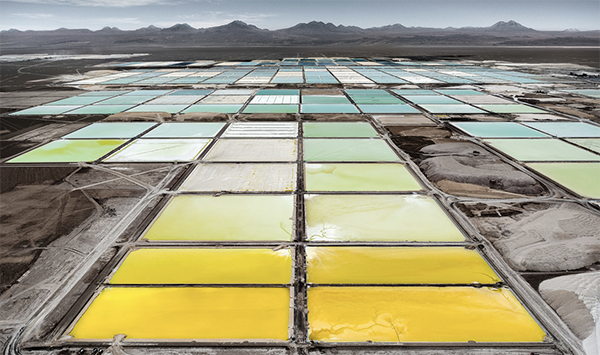On average, it takes a lithium miner 10 years from discovery to end-product commercialization. In between, there needs to be drilling, assaying, mining, and refining.
It takes two years alone just for the lithium evaporation pools to dry up, leaving behind the concentrated lithium precipitate.
And none of that can even begin until exploration has actually found the resource — a step that can take years, even decades, all by itself.
Lithium Shortages Are Here…
but Where Is the New Production?
Right now, we’re nowhere near keeping up with exploding lithium demand.
With this new technology, that exploration phase, plus the decade of preparations that follows, are all erased, replaced by a simple, straightforward process that only takes two months from start to finish.
Here’s a diagram of how it works:

There’s no searching, no drilling, and no geological surveys.
The company simply pumps the brine through its facility — brine whose lithium concentration has already been confirmed and measured — and finished lithium is extracted, ready for shipment.
At the moment, there is only one company in all of North America that is processing oil field brine in such a manner. By this time next year, it plans to be producing at a rate of 1,000 tons per year. In the next two–three years, that production will scale up to 20,000 tons per year.
What are your views on EV’s – Lithium versus the environment!


